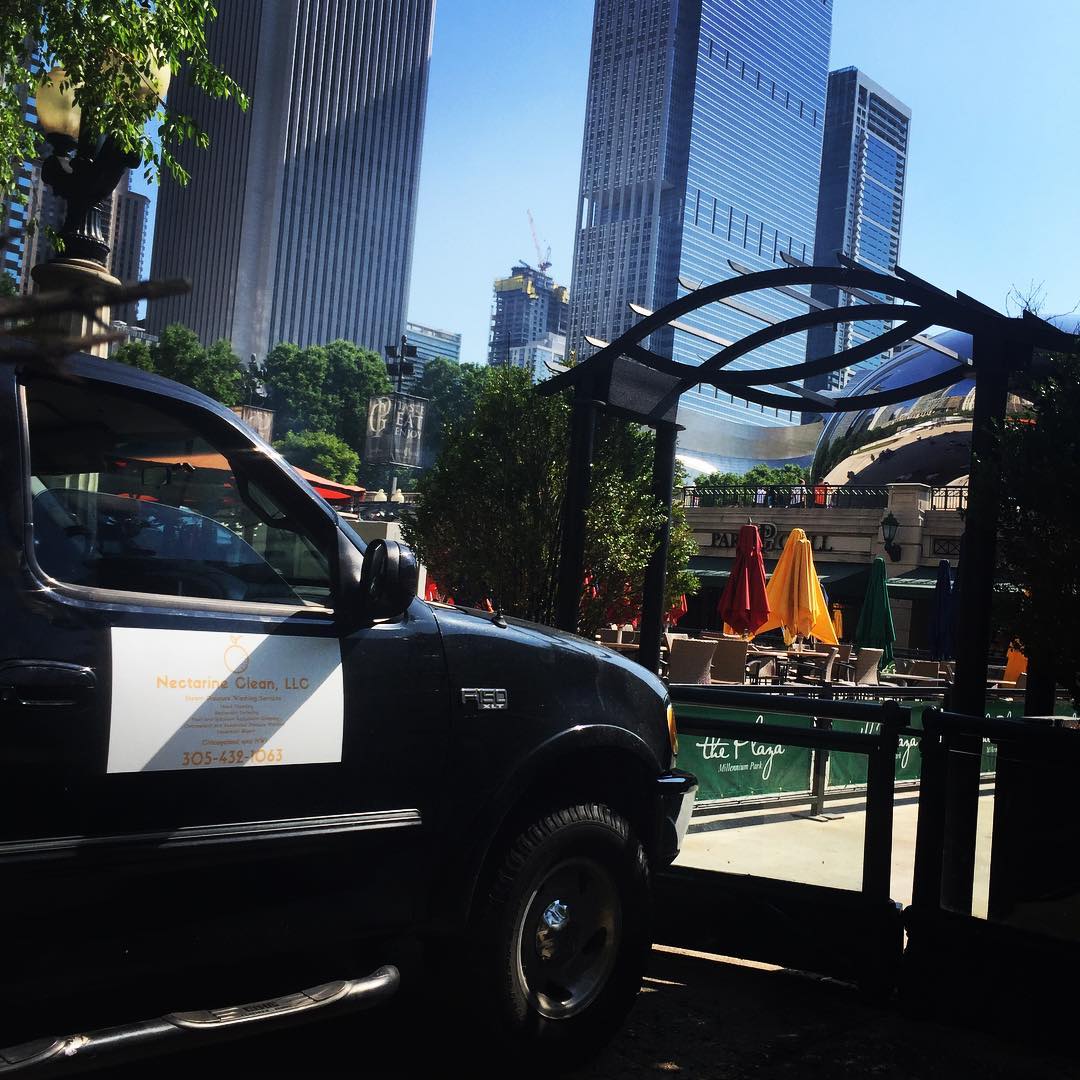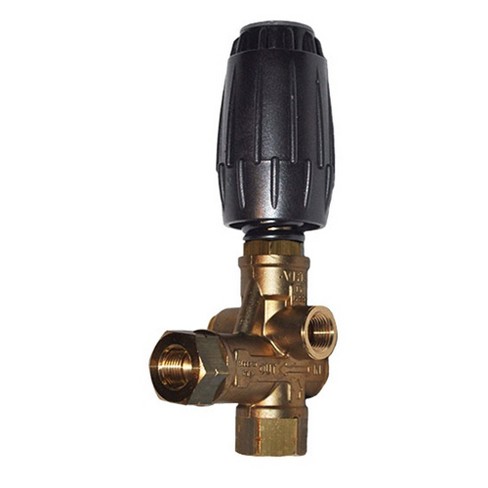Using a pressure washing machine might seem tough at first, but this guide should help you.
Choosing a pressure washer
Cold Water Pressure washers come in two types. Gas or Electric Powered. You can rent or buy either type to clean nearly any exterior item. Follow these pressure washer tips in this article, you’ll learn how to use pressure washers safely and efficiently.
Either powered by electric motors or gas engines, pressure washers run a pump that pressurizes the water from your garden hose to 2000 lbs to shoot out of a spray wand. The more pressurized the water (measured in pounds per square inch—psi), the tougher the stains they can tackle. Both electric and gas pressure require a consistent, uninterrupted supply of water (GPMs or gallons per minute). For normal household use, most homeowners will find that a washer with a psi range of 1,300 to 2,400 psi works well enough.
Electric Pressure Washers
Electric pressure washers deliver approximately 1,300 to 1,400 psi, require about 1-1/2 gpm and are the best choice for light-duty cleaning like washing cars, outdoor grills and garage floors. They cheaper, quieter, lighter in weight and easier to move than their gas-powered counterparts. Many have built-in tanks for adding soaps. ALWAYS connect your electric pressure washing machine to power outlets that are protected by a ground fault circuit interrupter (GFCI) and use only 12- or 14-gauge extension cords. Be very careful as water is an excellent conductor of electricity.
Gas Powered Pressure Washers
Most pressure washers that you’ll find for rent or sale are gas-powered. The more effective of the two, it can deliver higher water pressure than the electric kind, some being more than 3,000 psi. But gas-powered washers also require more water, fuel costs, maintenance, etc. These washers are the best choice for bigger jobs like preparing for painting a home, removing mold, mildew or other stains from wood decks and deep-cleaning concrete. You can usually rent one at a tool rental store, as well as its accessories like surface cleaners or extension wands. Gas-powered washers (non-commercial units) cost $400 to $2000 depending on the pressure they deliver, their features and the engine and pump quality. Some even come with capabilities to heat water. But more on that here.

Which is better a Gas or Electric Pressure Washer?
Each case is unique to the user: whether they are going to use it for a small job or big job, offer it as services to other neighbors, or their financial situation. Simply put:
- If you don’t have much to spend, you don’t need to pressure wash anything over 100 sq ft, and would like something simple to start with – choose electric
- If you have a bit of cash, your job is pressure washing an entire home or something of the nature, and have a bit of mechanical expertise – go gas-powered.
Getting Started
Make sure you read your pressure washers operation manual thoroughly. Understand the parts and what they need, create a proper maintenance schedule, and make sure everything is in working order prior to starting.
1. Learn About Pressure Washing Safety
Properly equip your safety glasses and boots, as well as long sleeves if you will be using harsh or dangerous chemicals. Most will not be especially if it is for residential use.
2. Clean your Area Prior to Power Washing
Sweep and remove any debris, obstructions, and potential hazards prior to starting. Ignoring a landscape rock now might bite you later on, especially in this, procrastination could end with missing skin or more.
Sweeping also makes pressure washing much easier. Without leaves and other debris getting wet and requiring more water to push away, you can get your job done quicker.
3. Set Up Your Pressure Washer
After your initial walk-through and reading the manual, you are now ready to start connecting. Check to see if you have enough oil and gas or your electric washer is connected properly.
Connect your pressure washer hose to your spray gun and make sure they are securely fastened.
3. Choosing Your Pressure Washing Spray Tips
Now that your hose and spray gun are connected you’ll need to choose what spray tip you’ll need. These are just a few examples of what you will use in what circumstances:
- Red – 0 degree, straight line spray pattern, best for small tough stains and discoloration, not for large surfaces
- Yellow – 15 degree pattern, offers optimal pressure for concrete, brick and stone surfaces. Covers more surface area than red nozzle.
- Green – 25 degree pattern, great for standard siding and decks. Less pressure but more surface area.
- White – 35 degree spray pattern, designed specifically for windows with a softer stream
- Black – The widest option, provides a mist function, for use with soap solutions. Best for soft washing or cars.
5. Start Up Your Machine
After confirming, connect your garden hose to your pressure washer first, THEN turn it on. Running a pressure washer without water can seriously damage your equipment. ONLY ever run it for a few seconds without water to check for potential troubles.
For Gas- Powered, make sure the gas valve is open, the starter and RPM in the right setting, and crank (or turn key) to start. For electric, follow instructions in manual.
6. Using the Pressure Washing Gun, Spray a Small Sample Size
Start by testing a small area first. This way you can be confident that the you have chosen the right amount of pressure without causing any unnecessary damage. If it seems to be pulling off too much, quickly pull your hand off the trigger, turn off the machine, let out any built up pressure, then pull off the nozzle tip and try again. If this continues to happen then you might need to turn down the pressure from your unloader valve.
7. If All Checks Out, Begin Pressure Washing
Once you’ve chosen the right pressure, nozzle, and have an idea for the correct grip you’ll need you can begin.
Step back 4 to 8 inches, and starting at the top, spray top to bottom letting the run off slide downwards only to be cleaned as the stream moves with it. If a stain seems a bit stubborn, move closer to remove it. But carefully, too close and you run the risk of discoloration or one really, really clean few inches compared to normal like the rest.
To clean evenly follow a simple grid pattern. Right to left, up to down, move to the next rows, repeat.
To get more surface area, step back for a wider range, and vice versa, closer for a closer and tighter stream.
Conclusion
Pressure Washing might seem a bit daunting at first but this thorough guide will teach you how to use a pressure washer in minutes. Best of luck and if you have questions don’t hesitate to call!

